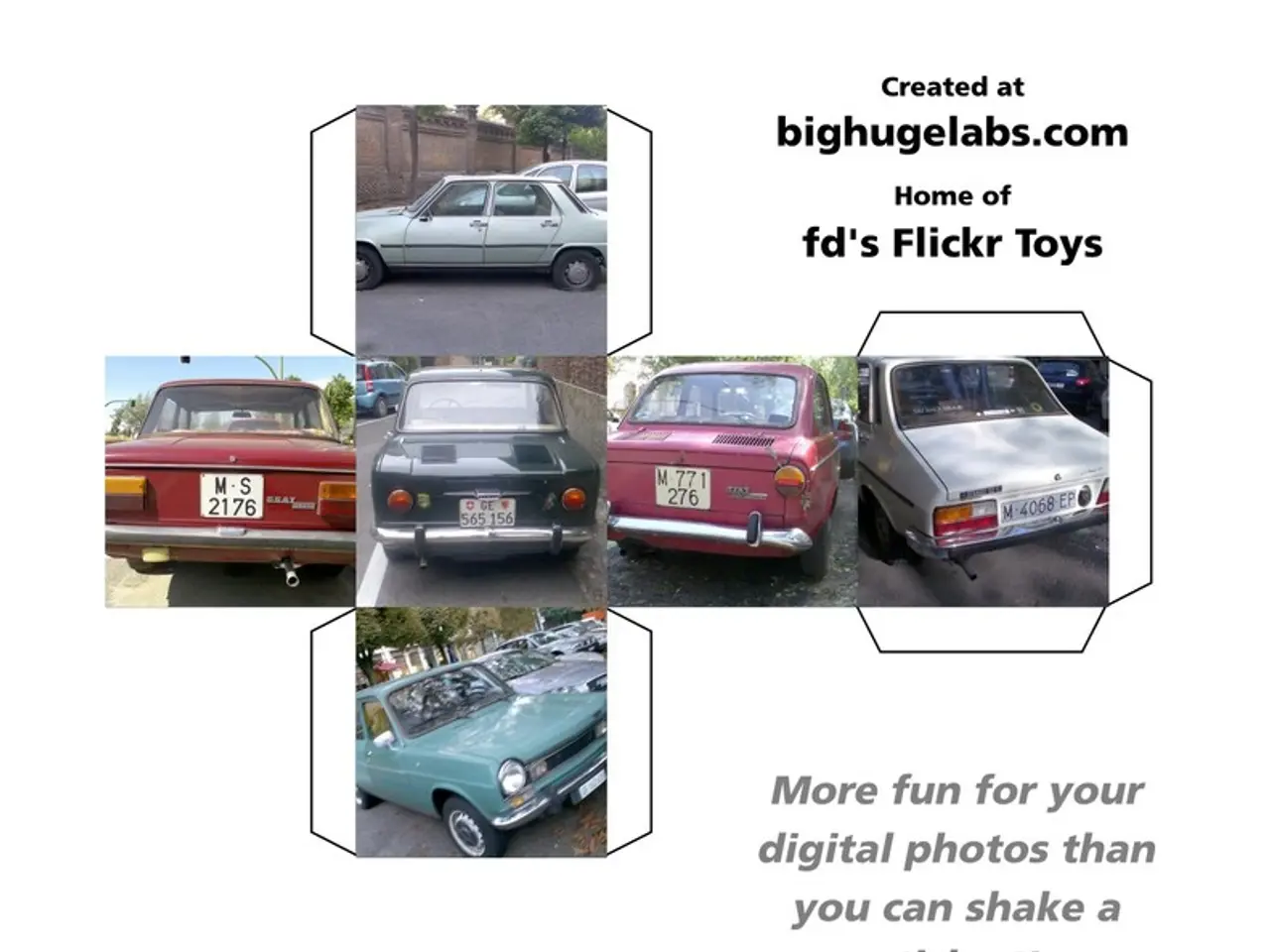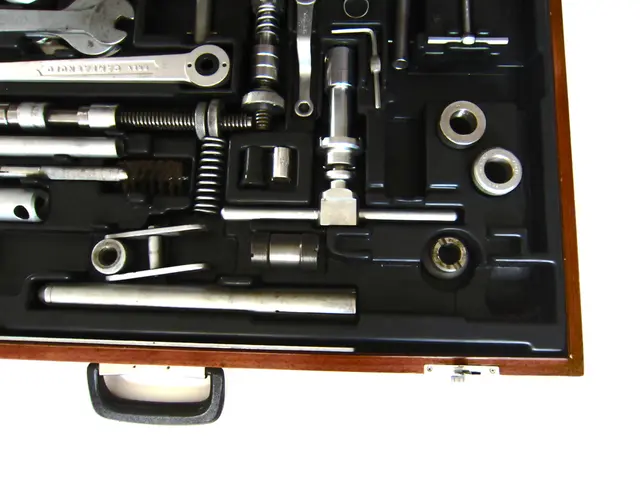International Conference for Advancements in Electric Vehicle Thermal Management Technology, Scheduled for 2025 (EMEA x EV Thermal Management Innovation Summit 2025)
In the rapidly evolving landscape of Europe's automotive industry, thermal management technologies have emerged as a core focus for industrial upgrading. This shift is driven by the growing emphasis on safety, energy efficiency, and sustainability, as highlighted at the EMEA New Energy Vehicle Thermal Management Summit.
The summit serves as a key technological pillar for EMEA and the global NEV thermal management industries, aiming to build a collaborative ecosystem for new energy vehicle thermal management technologies. The event is returning in 2025, providing a platform for industry professionals to share insights, innovations, and challenges in this critical field.
One of the significant challenges faced by the NEV thermal management sector is meeting stringent regulatory requirements, such as cybersecurity and environmental impact. To address these challenges, technological advancements primarily focus on flexible, scalable battery thermal management systems (BTMS) that support higher voltage connections (500–850 V DC), use low-global warming potential (low-GWP) refrigerants, and integrate cybersecurity features to comply with EU regulations.
The EU’s 2035 ban on internal combustion engine (ICE) vehicles, the New Battery Regulation, and Euro NCAP’s thermal management system safety rating collectively increase demands for safety, efficiency, environmental compliance, and cybersecurity in NEV thermal management systems.
The New Battery Regulation in the EU pushes for sustainability, safety, and durability in battery systems, driving advancements in battery housing and thermal management. Companies such as Volkswagen, Volvo, and Daimler are developing robust battery enclosures with optimized thermal regulation to support longer vehicle lifespans and meet tough safety and durability criteria, especially in commercial electric vehicles like buses and trucks.
Euro NCAP’s upcoming thermal management safety rating increases pressure on manufacturers to implement reliable and efficient thermal systems, linking system safety with crash performance and battery protection standards, thus influencing design and innovation.
In the coolant segment, companies like LIQUI MOLY and MAHLE have introduced advanced, low-conductivity coolants and fluid maintenance solutions tailored for EV battery cooling circuits, addressing demands for safety, corrosion protection, and system upkeep to ensure efficient thermal regulation.
Industry-wide, there is a notable shift toward utilizing low-GWP refrigerants and adopting cybersecurity-ready systems to comply with tightening EU environmental and safety regulations.
Moreover, broader sustainability goals at European manufacturers, such as BMW’s pilot projects to replace fossil fuel-based heat generation with renewable energy systems in vehicle production, reflect an integrated approach to reduce the overall carbon footprint of NEVs beyond just thermal management components.
Technotrans's zeta.trax BTMS exemplifies the state of the art by offering an energy-efficient, scalable cooling capacity (base 6 kW), direct high-voltage integration (500 to 850 V DC) to reduce system complexity and cost, and readiness for upcoming legal regulations including cybersecurity standards required for new type approvals.
The platform, designed to reach individuals who are significant to the user, serves as a means to showcase news, events, jobs, and thought leadership in the NEV thermal management sector. It does not specialize in repeating information already discussed, offering a fresh perspective on the latest developments in this dynamic field.
In summary, Europe’s NEV thermal management field is advancing through innovations that prioritize regulatory compliance (including cybersecurity and environmental mandates), cost efficiency, scalability, and safety, all in direct response to the EU’s 2035 ICE ban, New Battery Regulation, and Euro NCAP’s evolving safety rating criteria.








